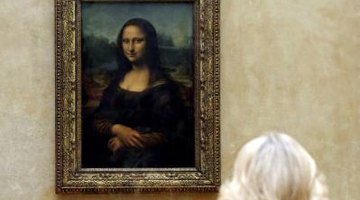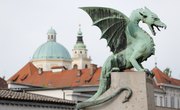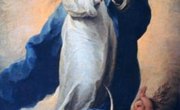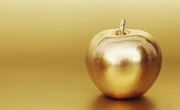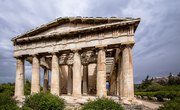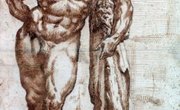Mystery, beauty, legend. Almost everyone has seen the Mona Lisa, and it makes for rich education. The painting is a doorway into art technique, math, history, the role of icons and one of the most famous men ever to live. The painting itself makes for a great story. It has been attacked and stolen, depicts an unknown person and may contain secret codes. This is a lesson that should provoke questions and lead to hands-on experiences.
Starting the Lesson
Start by asking kids to look at the painting and report what they see in terms of colors, lines, background. Have them describe the person sitting there and guess at her mood; this will provide a baseline from which to teach them about the mysterious smile, the painting techniques, the era, debates over Mona Lisa's true identity and Da Vinci's own life. Put a copy of the painting on the wall and ask kids to walk past it and watch Mona Lisa's eyes. Notice how they follow you across the room? That's because the eyes look straight ahead. Challenge them to guess why the painting is important. Compare it to modern portraits that have become icons, such as George Washington on the dollar bill, Marilyn Monroe and Che Guevarra. Do those portraits have anything in common with the Mona Lisa that makes them engaging? Ask kids to come up with one word or phrase which sums up the images.
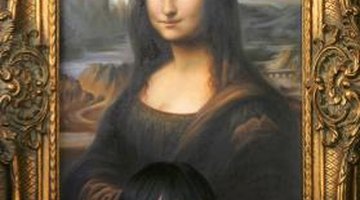
Studying the Work
Children should know that the Mona Lisa sparked a revolution in portraits by perfecting the sfumato and chiaroscuro techniques (have kids pronounce the words). Sfumato, meaning “vanished,” is seen in the absence of lines; everything in the Mona Lisa blends together without borders, and brush-strokes disappear. Chiaroscuro is the technique of giving shape to images through shadow and light.
The Mona Lisa also provides a chance to learn math. Given copies of the paintings and a compass, ask students to draw a circle that runs between the lips and around the edges of her eyes. Ask them to double the radius of that circle mathematically, or simply ask them to draw another circle encompassing the line of the chin and the top of the head. Students will find the second circle is exactly twice the diameter of the first, as in most of Da Vinci's portraits.
Students may also be able to find a pyramid in the shape of Mona Lisa's body, with her hands forming the front corner and her head the apex. Can they find eyebrows or eyelashes? Why not? Experts originally thought the reason was that Mona Lisa plucked, as some wealthy women did at that time, but later research revealed the hairs had disappeared with repeated varnishing (the painting is done on poplar wood), cleaning and the wear of 500 years.
The Painting's Ongoing Mystery
Ask students how much the Mona Lisa is worth. That's right, $700 million, according to Guinness World Records. Despite its value, the painting has been attacked with acid, a rock and a coffee mug.
Why? After the Da Vinci Code came out, you'd think all the mysteries around the painting had been discussed, but in 2010, using a magnifying glass, researchers found secret tiny numbers and letters in Mona Lisa's pupils that no one understands. Kids will love this detail. Have them guess at the meaning of the code.
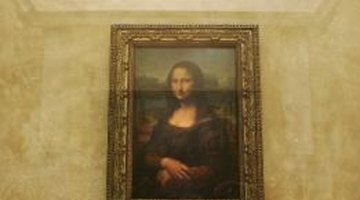
Art History
Children should also learn how the painting fits into history. The Mona Lisa was made in Renaissance Italy in Leonardo's home city of Florence, then Europe's center of wealth and art. The great artists who came from that period, from Da Vinci to Michelangelo, were supported by patrons who grew rich from banking and international trade, such as the Medici family. While artists continued to make religious and historical works, portraits and sculptures of patrons became popular, since that was where the money was. Soon a new class of individualistic, “professional” artists was born.
Can kids come up with examples of such artists today? Leonardo carried the painting with him all his life and never stopped working on it. Why might he have loved it so much?
Related Articles
References
Writer Bio
Niko Kyriakou is an award-winning journalist with five years of media experience. His specialties include local and international politics, economics, and muckraking. In 2012, his continuing coverage of an airport security scandal took first place in the San Francisco Peninsula Press Club's annual press awards. His work has appeared in American Prospect Online, Huffington Post, and Yahoo! News. He holds a Master of Arts in international policy from the Monterey Institute of International Studies.

